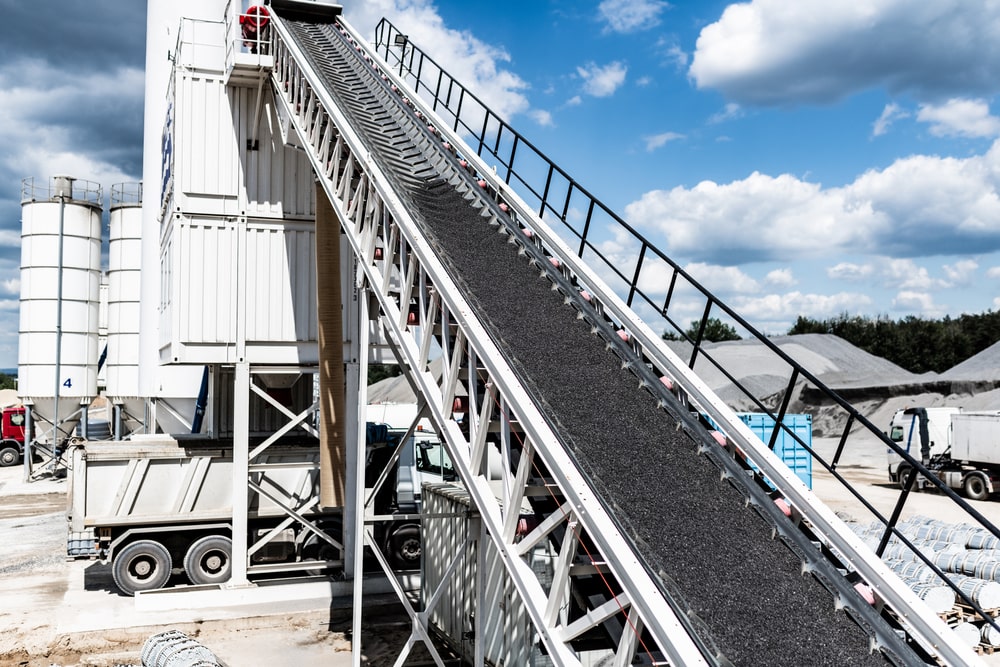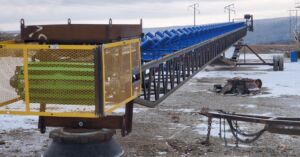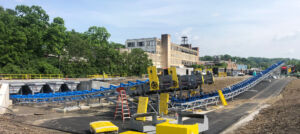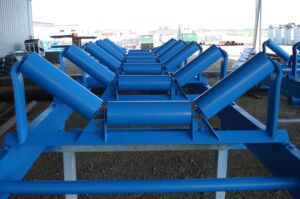Rubber is one of the strongest and most durable conveyor belt materials that is used in many applications – from construction and mining to airports and manufacturing. However, even a brief cold snap can have damaging effects on rubber belts.
Many industries in Canada rely on conveyor belt systems that can withstand frigid temperatures. Decreased friction, conveyor belt parts freezing, the rubber belt freezing and cracking, and material freezing to the belt are just some of the challenges that heavy-duty operations face during the winter months with their conveyor system.
Tips for operating a rubber conveyor belt in extreme cold weather
- Keep the belt moving – If the conveyor system has been designed to meet the needs of the operations, then a good quality rubber belt can typically withstand -30 to -40°C temperatures. However, rubber belts that are made to be fire or oil-resistant aren’t usually able to withstand extremely cold temperatures. In the cold, the rubber begins to lose its elasticity and will eventually become so rigid that it can crack. Friction helps keep the rubber flexible, while a belt that has been left static for a long period of time is more prone to breaking. When a freezing cold snap comes, keep the belt moving as much as possible and avoid frequent shutdowns and start-ups.
- Use antifreeze and de-icer – Antifreeze prevents ice from forming while a de-icer breaks down ice and snow that has already accumulated. We recommend applying antifreeze to the belt, idlers, and pulleys. However, keep in mind that some operations should not use antifreeze if it poses a risk of contaminating the material.
- Modify an existing belt – The need to modify an existing belt is rare if the belt has been engineered for specific operations. However, if a belt has not been designed to meet the conditions of the worksite and issues continue with the belt in extreme weather, then a modification is typically recommended. Simple modifications such as switching to a larger diameter head pulley or going with ceramic lagging can eliminate slippage while protecting the entire system in extreme cold weather conditions.
Where to find quality conveyor belt parts
At Luff Industries, we have been manufacturing quality heavy industry conveyor belt parts and accessories for over 40 years, including:
Our in-house engineering team can assist with modifications and design requirements to ensure your industrial conveyor belt system is optimized for extreme conditions. Our products pass through a complete ISO 9001 quality inspection and are backed by a full 2-year warranty. Custom-designed conveyor systems are available – contact us, and our engineering team can help.




